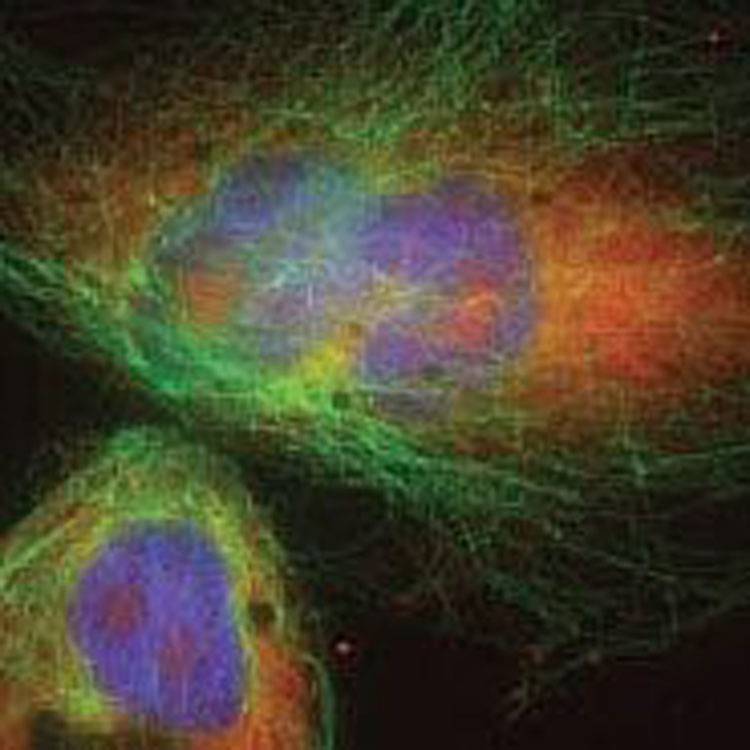




产品描述
PSEL ***噪音、冷却的***代SCMOS相机采用开放式软件操作,不需要帧抓取器。这是对现有的冷却式CCD摄像机系统的一次简单且经济的升级,同时努力提供高动态范围、高分辨率和高帧速率。在共焦显微镜中,探测器的光圈阻挡了不从焦点发出的光。失焦光被针孔阻挡,以产生清晰的图像,其中雾度由物镜景深引入。针孔越小,图像越清晰,因为它可以有效地阻止来自***近邻平面的荧光,但探测器捕捉到的光也越少。因此,需要一个非常灵敏的照相机来捕捉共焦平面产生的荧光。典型的积分时间必须尽可能短,以避免在长时间的数字记录下电池损坏。通常每个图像使用100毫秒到1秒,这取决于相机上选择的灵敏度设置。通过在电动显微镜上使用压电/步进电机驱动的Z轴在不同的Z位置获取多个图像,实现了三维重建。随着时间的推移获得的z堆栈允许构建多维数据集,同时考虑到波长、x、y、z位置和时间等多个变量。多个摄像头可以同步为一个探测器,以产生并行采集。
sCMOS2.0, sCMOS4.2,Ultra low noise, cooled second generation sCMOS cameras are operated with open software and do not require a frame grabber. They come as a straightforward and affordable upgrade to existing cooled CCD camera systems struggling to deliver high dynamic range, high resolution and high frame rate all at the same time. In a confocal microscope, the detector aperture obstructs the light that is not coming from the focal point. The out-of-focus light is blocked by the pinhole and in order to produce a crisp image with haze contribution introduced by the depth of field from the objective. The smaller the pinhole, the sharper the image will be as it will effectively block the fluorescence from the nearest neighbouring planes, but also less light will be caught by the detector. Therefore a very sensitive cameras is required to capture the fluorescence arising from the confocal plane. Typical integration time must be kept as short as possible in order to avoid cell damage under extended periods of digital recording. Typically 100ms to 1 second is used per image, depending on sensitivity settings chosen on the camera. Three dimensional re construction is achieved by acquiring multiple images at different Z positions using a piezo / stepper motor driven z axis on a motorized microscope. Z stacks acquired over time allow building multidimensional data sets taking into account multiples variables such as wavelengths, x,y,z positions and time. Multiple cameras can be synchronized as one single detector in order to produce parallel acquisition.
友情链接